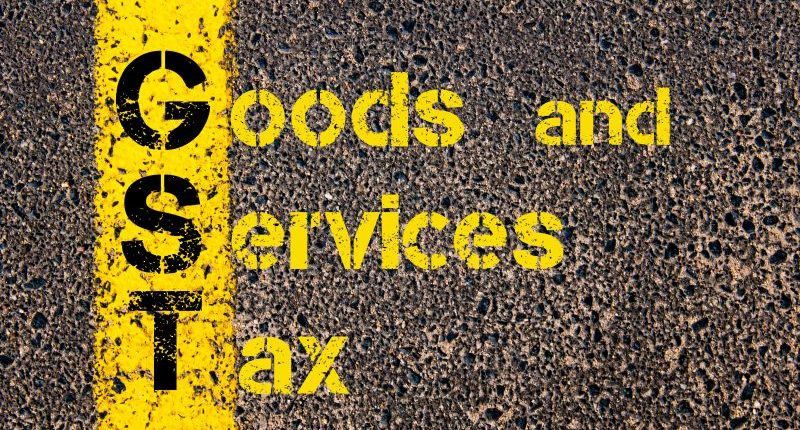The Goods and Services Tax (GST) is marching towards completing its third year. Yet, certain anomalies need to be clarified and set right. While building a fool-proof system, a section of taxpayers may be left inconvenienced. Here is one such case about accumulated Input Tax Credit (ITC) refund.
In any given circumstances, a business may be unable to utilise the ITC in the electronic credit ledger on account of inverted tax structure, the export of goods/services, sale to SEZ units/developers without payment of tax. Hence, such unutilised ITC can be claimed as a GST refund.
On 10th June 2020 vide a CGST circular no. 139/2020, the CBIC has clarified exceptions to non-admissibility of refund of accumulated ITC, whose invoices/debit notes are not getting reflected in GSTR-2A of the recipient. Hence, IGST on imports, ITC on inward supplies paid under reverse charge and Input Service Distributor (ISD) invoices will continue to be refunded even without their appearance in GSTR-2A.
The circular aims to plug gaps in the previous refund circulars on accumulated ITC. The matter pertains to that amount of ITC not appearing in GSTR-2A but which gets accumulated in the ledger and needs to be claimed as refund by businesses.
The first CGST circular no. 125/2019 was notified on 18th November 2019 when the fully automatic refund system in form RFD-01 was launched on the GST portal. It entailed a detailed procedure involved in claiming, following-up and granting of refund claims. It also allowed any applicant to claim a refund of accumulated/unutilised ITC that may not be appearing in GSTR-2A.
For this purpose, such applicant must have uploaded the self-certified copy of the purchase invoice while making an application in form RFD-01. Further, an Annexure-B had to be filled up with the details of such invoices, the value of supply received, and taxes levied and uploaded together with the above documents.
For the rest of invoices/debit notes appearing in GSTR-2A, uploading a copy of GSTR-2A along with form RFD-01 was considered sufficient for tax officers to process the GST refund application.
Also Read: Latest CBIC Circular Clarifies GST Levy on Director’s Remuneration
At that point of time, the new CGST rule 36(4) was already in force to restrict provisional ITC claims in GSTR-3B to the extent of 20% (presently 10%) of the eligible ITC appearing in GSTR-2A. The 18th November circular had also made it clear that any refund of ITC must also be compliant with rule 36(4).
But it was unclear as to what extent should the refund of unutilised ITC on invoices not appearing in GSTR-2A must be granted. Despite uploading self-certified copies of the purchase invoices, should these also be restricted to the extent of 20% (presently 10%) of eligible ITC in the uploaded copy of GSTR-2A?
In a subsequent CGST circular no. 135/2020 dated 31st March 2020, the CBIC stated that in all cases where invoices are not appearing on GSTR-2A but the ITC of which has been claimed as refund, had so far been granted in full. However, going forward, keeping in mind the restriction imposed by CGST rule 36(4), the unutilised ITC refund claims shall be granted only to the extent of those invoices/debit notes appearing in GSTR-2A.
Accordingly, the facility to apply for a refund of unutilised ITC, against invoices not in GSTR-2A, has been withdrawn. This circular led to doubts about allowing refund in specific cases such as IGST on import, ITC received from ISD and ITC of purchases subject to reverse charge. The same has been clarified now in the latest 10th June circular.
To conclude, there is an oddity having business implications due to the COVID-19 crisis. The CGST rule 36(4) has now been parked aside until September 2020. So, businesses are allowed to claim provisional ITC again in their GSTR-3B. Refund procedure for unutilised ITC of invoices not appearing in GSTR-2A needs to be reexamined from this perspective too.
Because businesses may otherwise have to pile up their refund claims until their monthly GSTR-2A gets updated, leading to ITC getting blocked and further cash crunch. A suitable relaxation for a few months or clarification on this matter from CBIC will help many businesses tide through these tough times.
For any clarifications/feedback on the topic, please contact the writer at annapoorna.m@cleartax.in
Annapoorna, popularly known as Anna, is an aspiring Chartered Accountant with a flair for GST. She spends most of her day Singing hymns to the tune of jee-es-tee! Well, not most of her day, just now and then.




